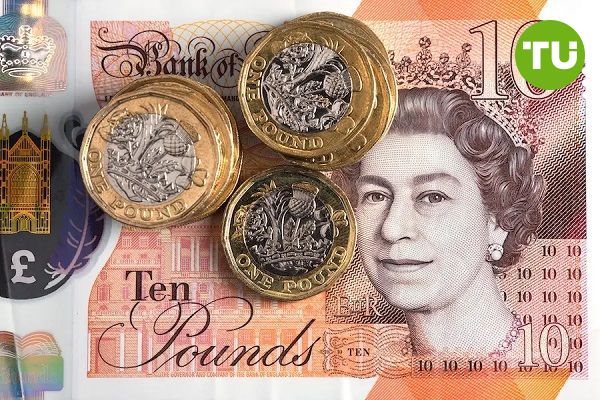Pound price dips below $1.26 after UK GDP slump, Fed Move
 Brexit-related uncertainty weighs on the Pound
Brexit-related uncertainty weighs on the Pound
On Monday, November 18, the British pound is attempting to regain its footing following the preliminary GDP data released by the UK’s Office for National Statistics (ONS) last Friday.
The ONS figures revealed sluggish economic growth in Q3 and an unexpected contraction in GDP for September, which triggered a drop in the pound's value.
On Monday morning, the pound saw a slight recovery against the dollar but lost nearly all gains by the afternoon, trading at its opening level of 1.262.
Dollar strength supported by Powell's remarks
The dollar's recent strength stems from Federal Reserve Chair Jerome Powell's comments advocating a more gradual approach to rate cuts, given slight inflationary pressures and the anticipated inflationary policies of newly elected President Donald Trump.
"The Fed’s Monetary Policy Committee (MPC) will be acutely aware that Trump’s policies may drive significant inflation, particularly from tariffs passed onto consumers, while lower taxes stimulate the economy," analysts at Quilter Investors stated.
Brexit-related uncertainty weighs on the Pound
The pound remains under pressure due to uncertainties surrounding the UK's partnership choices between the U.S. and the EU. Bank of England Governor Andrew Bailey recently called on the government to restore ties with the European Union.However, there are concerns that the U.S. may show less interest in collaborating with the UK if it prioritizes Europe over the U.S.
"The UK would benefit from moving toward a more American-style economic freedom. If that were the case, I think it would encourage the Trump administration to sign a free trade agreement with the UK," commented Trump’s senior economic advisor Stephen Moore.
Investors are keenly awaiting the release of the UK Consumer Price Index (CPI) data for October, due on Wednesday, which will influence expectations for a potential rate cut by the Bank of England in December.
For now, the pound is struggling to establish a solid base around 1.260 against the U.S. dollar, trading well below the 200-day Exponential Moving Average (EMA) of 1.2850. The 14-day Relative Strength Index (RSI) has also fallen sharply to 30.00, indicating strong bearish momentum.
The psychological support level at 1.250 is expected to act as a safety net for pound bulls, while resistance is likely around the 200-day EMA.
Preliminary UK GDP data for Q3 failed to meet market expectations. From July to September, the UK economy grew by 0.1%, below the market forecast of 0.2%. After a 0.2% growth in August, September saw a decline of 0.1% in monthly GDP, missing the expected 0.2% growth.













































































































































